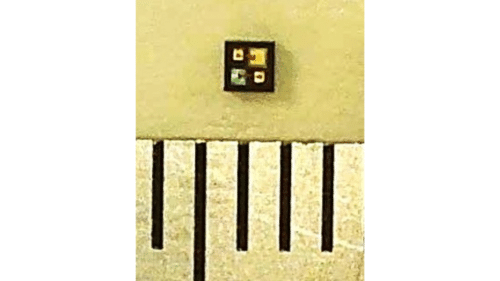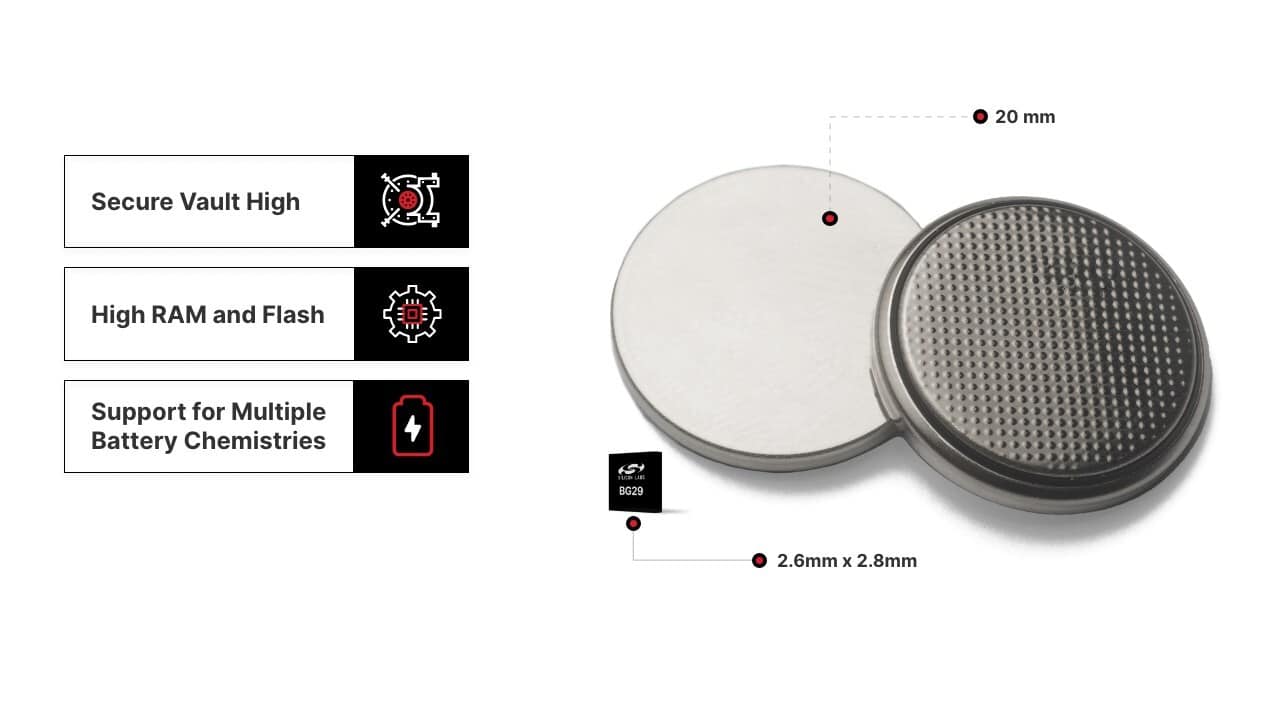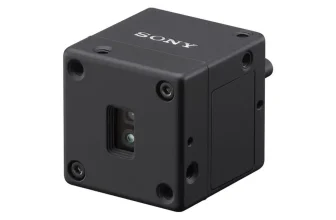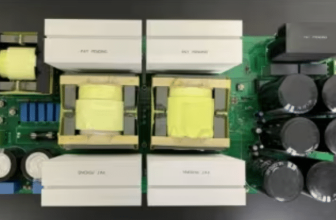
Check out our latest products
The world’s smallest PPG sensor head fits in tight spaces, enables health tracking, supports multiple uses, and cuts costs with a compact, low-cost design.

SCIVAX Corporation and TSLC Corporation have jointly developed the world’s smallest PPG (PhotoPlethysmoGraphy) sensor head. Previously, SCIVAX and TSLC developed Amtelus, the world’s smallest light source device, by combining material innovations from their partners with SCIVAX’s nano-imprinted lens technology and TSLC’s advanced packaging. Building on this collaboration, they’ve now miniaturized the signal acquisition part of the PPG sensor—commonly used in smartwatches and health devices—far beyond conventional sizes.
The PPG sensor head measures about 1 square millimeter in mounting area—just 1/10th the size of traditional sensors—and is roughly half as thick, making it highly space-efficient. One of the features of the new PPG sensor head is its compact design. With a mounting area of around 1 square millimeter, it can be used in spaces where conventional PPG sensors could not fit. This allows use in devices with limited space.

The sensor can also be used in arrays. By placing multiple sensor heads together, it is possible to collect more data. This can be used in areas such as beauty care, home health, and nursing, where monitoring in small spaces is needed. Another feature is its low cost. The sensor is made as a single resin package that includes both the light source and the optical sensor. This design lowers production costs compared to other sensor types.
Some of the key features of the PPG sensor head include:
- Very small, only about 1 square millimeter in size
- Half as thick as older sensors
- Can fit into very small spaces
- More sensors can be used together for better results
- Can be used in watches, beauty tools, home care, and nursing
- Cheaper to make because of simple molded design
- Can be used in new health and science devices in the future
SCIVAX and TSLC plan to apply this technology across various fields, particularly in next-generation life sciences and wearable vital sign monitoring.
For more information, click here.


![[5G & 2.4G] Indoor/Outdoor Security Camera for Home, Baby/Elder/Dog/Pet Camera with Phone App, Wi-Fi Camera w/Spotlight, Color Night Vision, 2-Way Audio, 24/7, SD/Cloud Storage, Work w/Alexa, 2Pack](https://m.media-amazon.com/images/I/71gzKbvCrrL._AC_SL1500_.jpg)



![[3 Pack] Sport Bands Compatible with Fitbit Charge 5 Bands Women Men, Adjustable Soft Silicone Charge 5 Wristband Strap for Fitbit Charge 5, Large](https://m.media-amazon.com/images/I/61Tqj4Sz2rL._AC_SL1500_.jpg)





